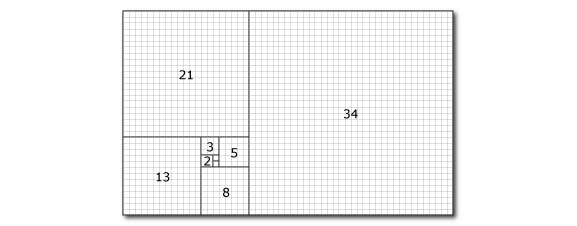The Fibonacci sequence
Rule
Each term is: Take the sum of the previous two terms
Known as: The Fibonacci sequence

- The sum of any ten consecutive Fibonacci numbers is divisible by 11.
- The sum of the first n Fibonacci numbers is equal to the Fibonacci number two further along the sequence, minus 1.
The first 50 terms (starting from n=1) are:
1 1 2 3 5 8 13 21 34 55 89 144 233 377 610 987 1597 2584 4181 6765 10946 17711 28657 46368 75025 121393 196418 317811 514229 832040 1346269 2178309 3524578 5702887 9227465 14930352 24157817 39088169 63245986 102334155 165580141 267914296 433494437 701408733 1134903170 1836311903 2971215073 4807526976 7778742049 12586269025
Example
To get the value for n=13:
- Add my previous answer to the number.
For example, if my previous answer was 10 this gives 23.
So the result is 23.
